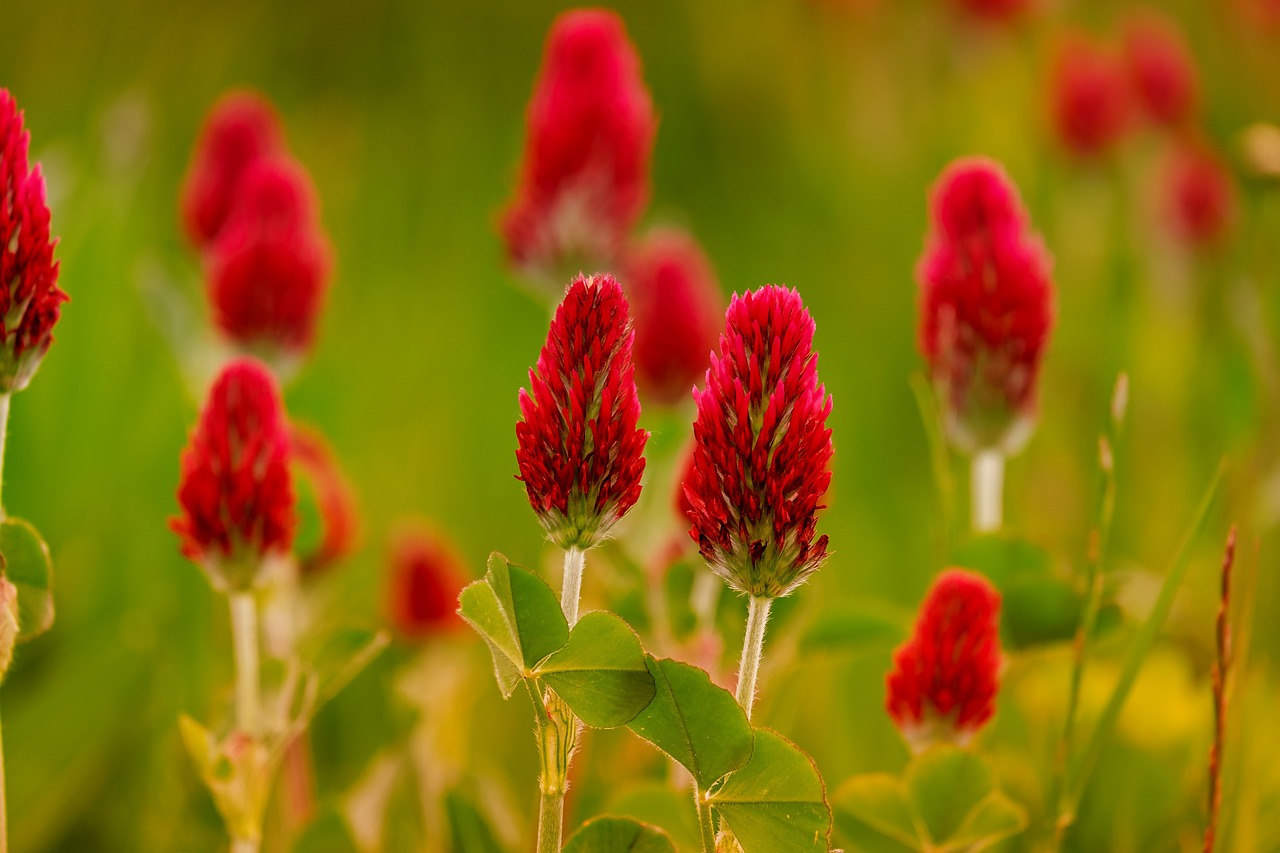Phalaenopsis Orchid | A Symbol of Oriental Elegance in Ceremonies and Gifts

The Phalaenopsis orchid, also known as the moth orchid, is admired for its graceful blooms that resemble butterflies in flight. Among the orchids, it is one of the most popular species.
Because of its elegance and refined beauty, it has become a classic choice as a gift flower.
In this article, I will provide detailed information on the Phalaenopsis orchid, including its basic profile, cultural and historical significance, and tips for cultivation.
Basic Information
- Scientific name: Phalaenopsis spp.
- Family: Orchidaceae
- Origin: Southeast Asia (Philippines, Malaysia, Indonesia, etc.)
- Appearance: The Phalaenopsis orchid is an epiphytic orchid that produces flowers on long stems. Its blooms resemble butterflies in flight, which is why it is called “moth orchid” in Japanese. The flowers come in a wide variety of colors, including white, pink, yellow, and purple. Some cultivars display gradations or variegated patterns. The leaves are broad, glossy, and thick green.
- Flowering season: While available year-round, the typical blooming season is from winter to spring (around December to April). In favorable conditions, each flower can last two to three months.
Cultural Significance Around the World

The Phalaenopsis orchid has long been cherished in Southeast Asia, where it is regarded as a symbol of prosperity and happiness.
In China, the moth orchid represents “happiness” and “longevity,” making it a popular gift for weddings and housewarming celebrations.
In Japan, it is often chosen as a congratulatory flower for business openings or promotions, as it carries the meaning of “happiness flying in.”
In the West, orchids were celebrated during the Victorian era as “exotic and noble flowers.” The Phalaenopsis orchid, in particular, became associated with beauty and elegance. Even today, it is widely known as a luxury flower and remains popular as an interior decoration.
Historical Episodes
The Phalaenopsis orchid was first introduced to Europe in the late 18th century.
Through the trade of the Dutch East India Company, orchids from Southeast Asia, such as those from the Philippines, were brought back and cultivated in European botanical gardens and the greenhouses of the wealthy.
Its beauty left a lasting impression on horticulturists and botanists of the time, sparking the so-called “Orchid Mania” across Europe.
In the 19th century, British and French horticulturists developed new hybrids, leading to the wide variety of cultivars we see today.
By the 20th century, advances in greenhouse technology made mass production possible, and the Phalaenopsis orchid gained worldwide popularity.
Gardening Advice

The Phalaenopsis orchid is relatively easy to grow indoors, but proper care is essential. Below are some key tips:
Light
Prefers bright, indirect light. Avoid direct sunlight, which may cause leaf burn. North-facing windows or filtered light through lace curtains are ideal.
Watering
Water thoroughly once every 1–2 weeks when the sphagnum moss in the pot has dried. Overwatering can cause root rot.
Humidity
Maintain 50–70% humidity. In dry seasons, use a humidifier or place a water tray near the pot.
Soil
As an epiphytic orchid, it should be grown in sphagnum moss or bark chips instead of regular soil. Ensure good aeration around the roots.
Fertilizer
During the growing season (spring to summer), feed with diluted liquid fertilizer every two weeks. Reduce fertilization in autumn and winter.
Temperature
Thrives in 15–25°C. In winter, avoid temperatures below 10°C. Use insulation or a heater to maintain warmth.
Post-bloom care
After flowering, cut the stem above the 3rd–5th node to encourage reblooming. If the plant appears exhausted, cut the stem closer to the base to allow rest.
Conclusion
The Phalaenopsis orchid has fascinated people with its graceful flowers and long-lasting blooms.
It is relatively easy to care for, making it suitable even for beginners.
I encourage you to bring the Phalaenopsis orchid into your life and enjoy its vibrant beauty.





